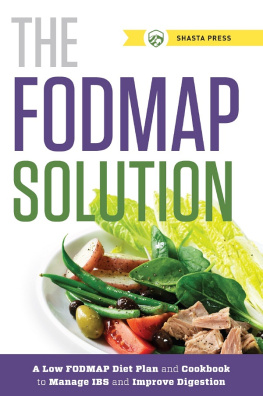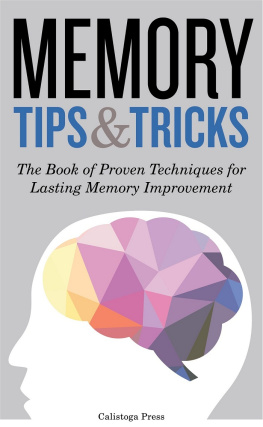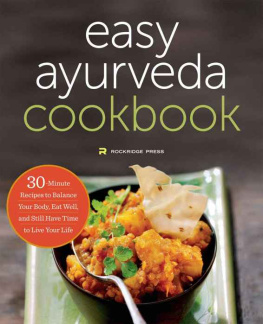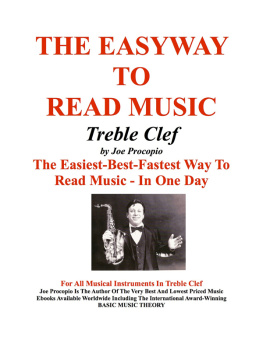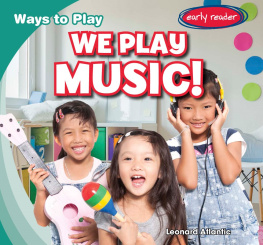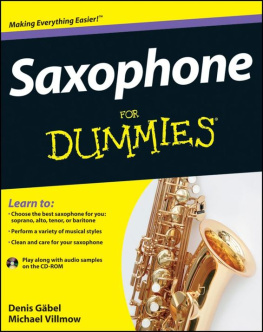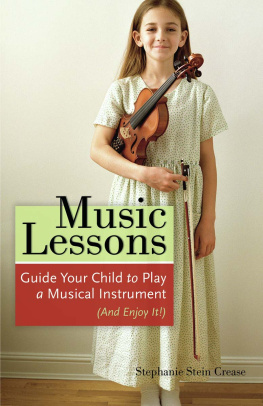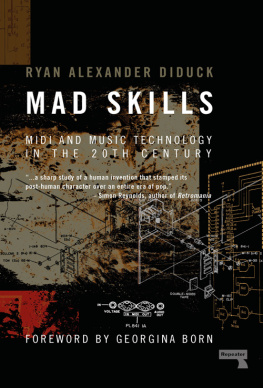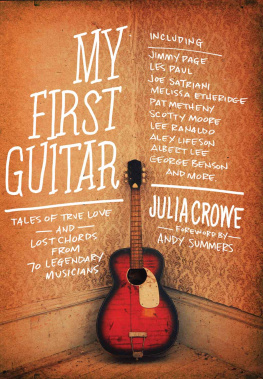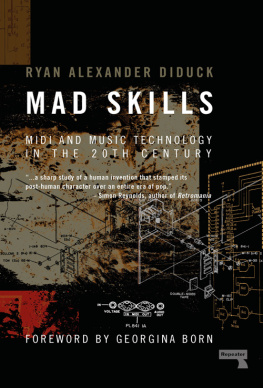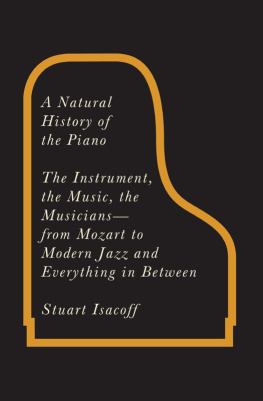How to Read Music for Any Instrument
Daily Exercises to Understand Music in 21 Days
By: Barton Press
Copyright 2020 by Barton Press
ALL RIGHTS RESERVED
No part of this book may be reproduced, stored in a retrieval system, or transmitted in any form or by any means, electronic, mechanical, photocopying, recording, scanning, or otherwise, without the prior written permission of the publisher.
Limit of Liability/Disclaimer of Warranty: the publisher and the author make no representations or warranties with respect to the accuracy or completeness of the contents of this work and specifically disclaim all warranties, including without limitation warranties of fitness for a particular purpose. No warranty may be created or extended by sales or promotional materials. The advice and strategies contained herein may not be suitable for every situation. This work is sold with the understanding that the publisher is not engaged in rendering medical, legal or other professional advice or services. If professional assistance is required, the services of a competent professional person should be sought. Neither the publisher nor the author shall be liable for damages arising herefrom. The fact that an individual, organization or website is referred to in this work as a citation and/or potential source of further information does not mean that the author or the publisher endorses the information the individuals, organization or website may provide or recommendations they/it may make. Further, readers should be aware that websites listed on this work may have changed or disappeared between when this work was written and when it is read.
Table of Contents
Foreword
Welcome to this comprehensive guide about how to read and understand music! Perhaps you are here because you desire to start studying how to play an instrument or to get serious about singing. Whether you are starting as a total beginner or are a more seasoned musician looking to brush up on your musical knowledge, this guide covers every notational aspect of music on the page needed to understand music for any instrument.
Because music contains many facets that require in-depth explanation, this guide has been conceptually divided into three weeks, twenty-one days. Each week focuses on an overall topic broken down into seven days, and each day focuses on a subject to analyze and practice in an appropriate order. Exercises will be included daily to apply the given musical focus for that day, so knowledge can be applied and practiced as you gain it.
Listening examples are also included throughout to give reference to certain discussions. The suggested listening examples feature music from around the world in various styles and genres ranging from rock and pop to classical and jazz. Feel free to use your preferred listening platform, such as YouTube, Spotify, or Apple Music to search the suggested musical piece or song.
At the end of this guide you will find a glossary of terms and symbols for quick reference to all terminology and music notation you will encounter. Also, on day three, you will learn about durations of notes and rests. These notations have two different names for the same symbol in English, one in American English and one in British English. This guide will use the American English names; however, the British English equivalents are noted on the page upon which they occur, and are also included in the glossary at the end of the guide for reference. Lets get started!
Week 1 Rhythm & Timing
The main objectives this first week will be understanding the complexities of timing and rhythm in music. Rhythm is closely related to math in how it combines and divides to create various durations of sounds and silence. Dont worry- even if math isnt your favorite academic subject, rhythm is simple math - no algebra or geometry here!
Before you begin exploring the first part of our day-by-day guide, here is some necessary information to keep in mind throughout the week. First, you will need access to a tool called a metronome. This is an essential device that will aid in accurately performing the daily exercises this week. This tool can be purchased as an electronic device from many music retailers, but you are not required to go out and spend money. Metronomes are also available online for free and as applications on any smartphone.
When practicing the daily exercises, an instrument will not be necessary. Your voice and hands will be sufficient to execute each exercise this week. It is crucial to repeat the given exercises until mastery is achieved before continuing to the next day of the guide. Studying timing and rhythm in music requires learning to count within the context of the music. You will see counts written in many of the exercises of each day to aid in understanding the relationships of notes and sequence. Verbally counting aloud is highly encouraged to audibly hear the duration and divisions of notes as they occur.
That being said, there are dozens of counting methods that may be used to teach yourself to read rhythm and feel timing. The counting system used in this guide is a number-based system that can be applied universally. Because the focus this week is solely on timing, the notation and symbols will be limited to rhythmic topics. The exercises featured will not be on a full music staff and are written on simplistic rhythm lines. Lets get started!
Day 1 - Pulse - Musics Heartbeat
Before studying how to read notes from the page, we need to first establish that music has a steady, nearly constant pulse . The pulse in music is quite like that of the human heartbeat. For both music and a heartbeat, the pulse should beat at a steady, consistent rate. Our heart may beat more quickly when we run or more slowly when we are at rest, however, once it settles into a pulse, a normal heartbeat keeps a steady pace. Similarly, music can also beat quickly or slowly.
The pulse in music cannot be seen with our eyes; it is heard with our ears and felt with our body. By tapping, clapping, drumming, or counting aloud, it is possible to create an audible pulse. The motion of foot-tapping or head bobbing to a catchy song is often synchronized to the sound and feeling of the pulse. The pulse is frequently referred to as the beat in music, so pulse and beat are often used interchangeably. For some beginning musicians, feeling the beat comes naturally, while some beginners may have to practice to develop a steady beat.
Composers (people who write music) use symbols to visually group the pulse into beats of sound and silence. To begin with, we are going to practice keeping a steady beat with these two symbols:
Exercise 1.1
Try tapping, clapping, or saying tah to the line of quarter notes and quarter rests below. Think or say rest to help feel the beats of silence.
You may be uncertain of whether you stayed steady as you performed the exercise. Luckily, there is a device that aids the player in developing and assessing steadiness. A metronome is a tool that produces an audible sound, such as a click or beep, and ideally a synchronized visual motion component, like a pendulum or a blinking light. Tapping or clapping with the metronome will train the ears and body to hear and feel a steady pulse. They are available in multiple formats such as physical devices (purchasable online and at local music retailers), interactive online metronomes, and even as applications for smartphones.





